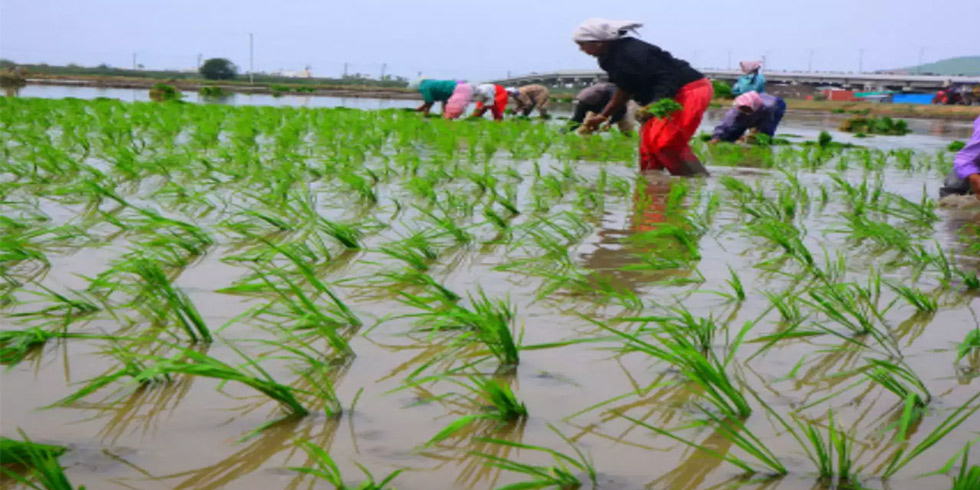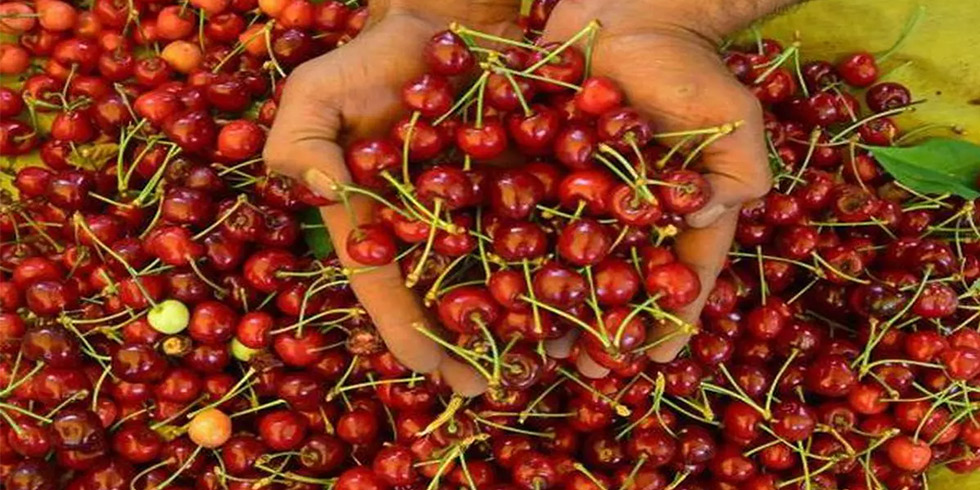US demand for food containers is projected to increase 2.8 per cent per year to more than $31 billion in 2020. Major trends include a general shift from rigid packaging formats to flexible containers, efforts to improve both the reality and optics of sustainability initiatives, and increased use of package revisions to reignite interest in sluggish product categories, according to a leading international industrial research company.
In recent years, the number of package redesigns has grown substantially, while the number of new food products has slowed considerably. Additionally, novel packaging formats continue to emerge, such as clear plastic cans designed to directly compete with traditional metal cans, and squeezable spouted pouches for mayonnaise and sour cream. These and other trends are presented in Food Containers: Rigid & Flexible, a new study from Freedonia Group, a US-based industry research firm.
Food products perceived and marketed as healthful, such as yogurt and nuts, will register strong advances through 2020, boosting demand for related packaging including plastic tubs, cups, and jars, as well as pouches. According to analyst Mike Richardson, “Although nearly every major packaging type can make a legitimate case for its environmental suitability, consumer perceptions often weigh more heavily into purchasing behaviour than careful analysis of data from lifecycle sustainability assessments. For example, while rigid plastic, foam, and moulded pulp egg containers all offer environmental benefits, moulded pulp is often considered the ‘greenest’ option of the three.”
Pouches will make further inroads into rigid packaging applications due to cost and performance advantages. Also propelling gains is the perception, especially among younger consumers, of stand-up pouches as a more contemporary packaging format than cans, bottles, and cartons. Bag demand will increase more slowly based on maturity of many applications as well as competition from pouches.
Among more mature segments, favorable graphics and the capability to improve microwave oven performance will support continued demand for paperboard food containers. Despite a loss of market share, metal cans will remain an important segment of the food container mix due to their long shelf life and positioning as a means of controlling food expenditures. Prospects for glass containers will be aided by a premium image along with their use for natural and organic products, which occupy a larger share of the food landscape than they once did, and such foods are expected to further expand that share.








Add Comment